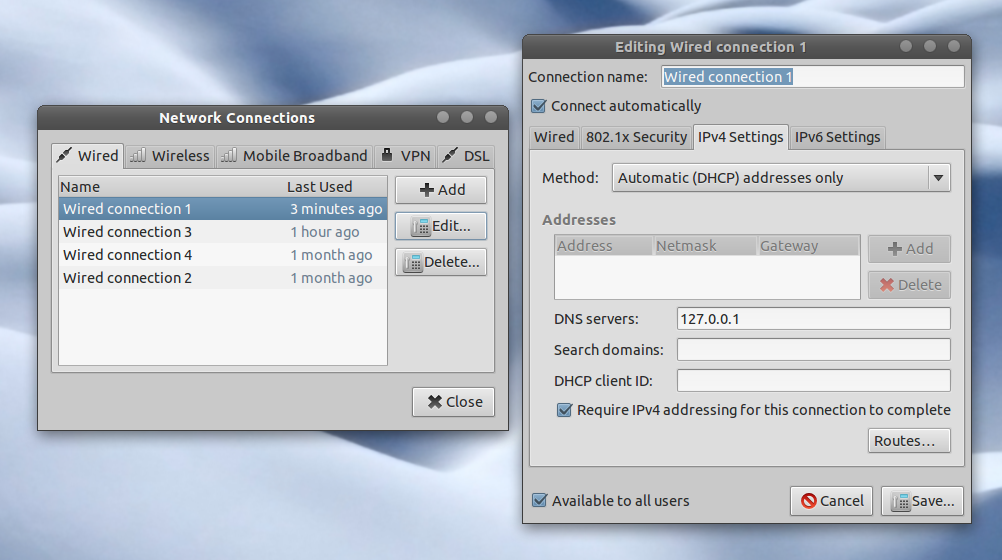

if your DNS server locked by your ISP make sure set your ISP DNS server for below options:.My recommendation of dnscrypt-servers -> server_names =.port listen to 5053 -> listen_addresses =.Step 3 – Copy your dnscrypt-proxy.toml configuration file Step 2 – Let’s make sure the folder is in the right group and user $ sudo chown pi:pi /home/pi/.config/appdata/dnscrypt-proxy Step 1 – Let’s setup the volume that will be bind to the container $ sudo mkdir /home/pi/.config/appdata/dnscrypt-proxy
#How to use dnscrypt how to
If you searched through the DockSTARTer there is no dnscrypt-proxy but fear not I will show you how to do that in a simple command line but before that if you searched from docker hub for dnscrypt-proxy there are a few but we are going to use docker image klutchell/dnscrypt-proxy since it’s using the latest version.
#How to use dnscrypt install
Step 9 – Check that you can run the web admin means everything is goodĪnd now the magic of docker to install dnscrypt-proxy:

Step 8 – Now you can run docker compose and let the magic happen Keep the other port to default except for port 80 (web admin) you can change to any port you like and do setup webpassword in order pihole API to work this is important if you want to setup Pihole Remote later and last but very important set the server IP the same as your Raspberry Pi static IP address. Step 7 – You can keep settings for other container to default, except for Pihole click No to configure instead Step 6 – Go to Configuration – Set App Variables
#How to use dnscrypt update

My recommendation of container apps would be: Step 4 – Go to Configuration – Select Apps Step 3 – Run DockSTARTer and install Dependencies $ ds Step 1 – Install DockSTARTer $ bash -c "$(curl -fsSL )"


 0 kommentar(er)
0 kommentar(er)
